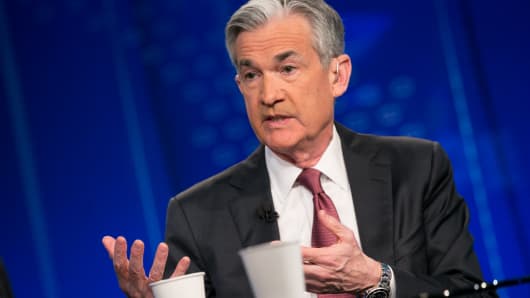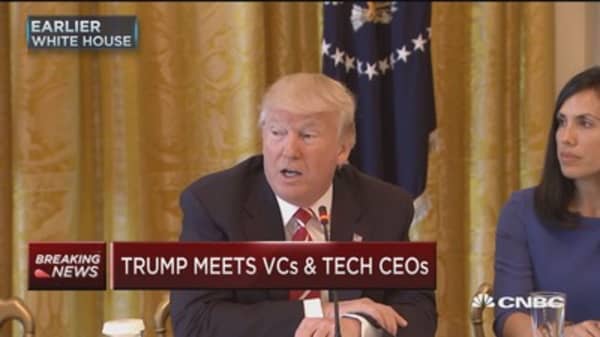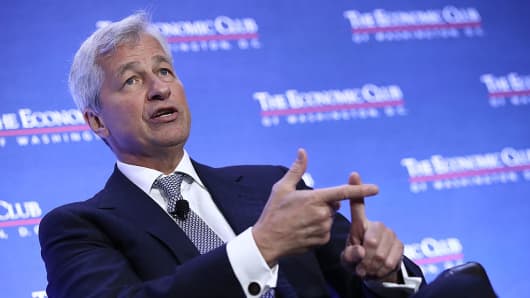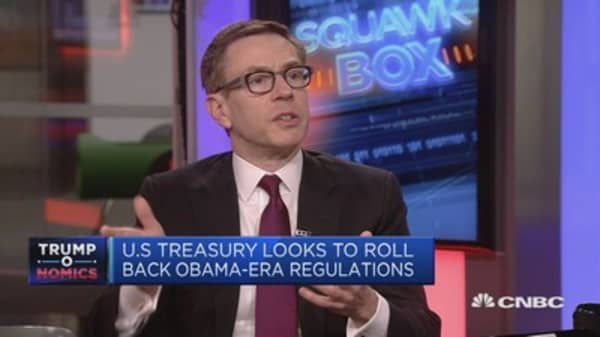All 34 of the largest banks in the United States, representing over 75 percent of U.S. banking assets, recently passed the Federal Reserve Board's annual stress tests for the first time since the tests were created in 2011. However, celebration is very premature.
The Fed's stress tests require banks to have sufficient capital to withstand levels of losses greater than the losses they suffered in the 2008 crisis. This latest test, based on economic assumptions released in February 2017, assumed that quarterly GDP growth would fall by 10.6 percent and the unemployment rate would hit 10 percent by mid-2017. In actuality, GDP is growing at 2 percent annually and the unemployment rate is under 5 percent. These assumptions were not only extreme, they were absurd.
The only way banks can pass these tests is to hold even more capital than minimum U.S. requirements, since they must meet these requirements after incurring the predicted losses. Fed stress tests thus act as the binding capital constraint for a large portion of the U.S. banking system.








